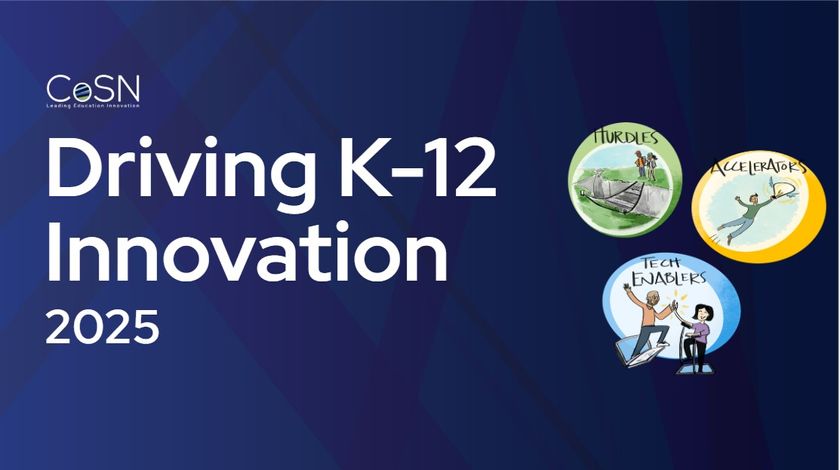How To: Choose a Broadband Connection
Not long ago we were accessing the Internet using dial-up modems. But according to the Nielsen Ratings as of last summer, broadband connections for the first time reached 51 percent of the American online population. (For more, see www.nielsen-netratings.com/ pr/pr_040818.pdf).
What Can You Do with a Broadband Connection that You Can't with a Dial-Up Connection?
Video-on-demand and multimedia downloading (such as music) work extremely well over broadband connections; downloading a video over a dial-up connection can be an exercise in frustration due to the tollbooth effect (see "Broadband Defined"). Web pages, especially those with many graphics, load significantly faster over broadband. E-mail, especially with large attachments, also takes significantly less time.
How Do Broadband Connections Differ from Each Other and from Dial-Up?
Broadband connections are "always on" — no need to dial up through a modem. Turn on your computer, and you're connected to the Internet.
Cable modem access to the Internet is transmitted over your cable TV lines, and is offered by cable television companies. Like cable TV, neighbors share the signal; some people believe that this can affect speed. DSL is a telephone technology that sets up a direct connection over your telephone line from you to the phone company, and is not shared. It does begin at a lower speed than cable, though. (See below for a speed discussion.) T1 lines are a third type of telephone communication line, directly connecting two points, and capable of transmitting data even faster (and at quite a higher cost) than DSL or cable. While DSL and cable can be used in the home ($30 to $50 per month), a T1 line (at $300 per month or more) is business — and education-oriented.
Speed: Which Broadband Connection Is the Fastest?
Tech & Learning Newsletter
Tools and ideas to transform education. Sign up below.
People use broadband mainly for the increased speed. In April 2004, comScore, an ISP tracking service, analyzed the average download speed of dial-up, DSL, and cable Internet access. Their average results showed DSL to be 25 times as fast as dial-up, and cable to be over twice as fast as DSL. A T1 line can be twice as fast (or more) than cable.
Installation
Cable television companies and telephone companies offering broadband advertise that customers can install their own systems. I installed a DSL modem in my home, and it was a relatively painless procedure. The installation kit included all necessary hardware, as well as a step-by-step tutorial. On the other hand, a T1 line requires professional installation.
Jeffrey Branzburg is a contributing editor and regular columnist for Technology & Learning.
Broadband Defined
Broadband is the term used for different types of high-speed, high-bandwidth connections to the Internet, including DSL and cable. Additionally, many schools access the Internet through a T1 line, another type of broadband connection. Bandwidth means the amount of information that can be sent from one computer to another through an Internet connection in a specific amount of time. An analogy is a highway tollbooth-hundreds of cars approaching the George Washington Bridge tollbooths simultaneously means everybody needs to wait their turn. The more tollbooths (or higher bandwidth), the faster people get through.
Please feel free to reproduce this page for your novice in-service sessions.











